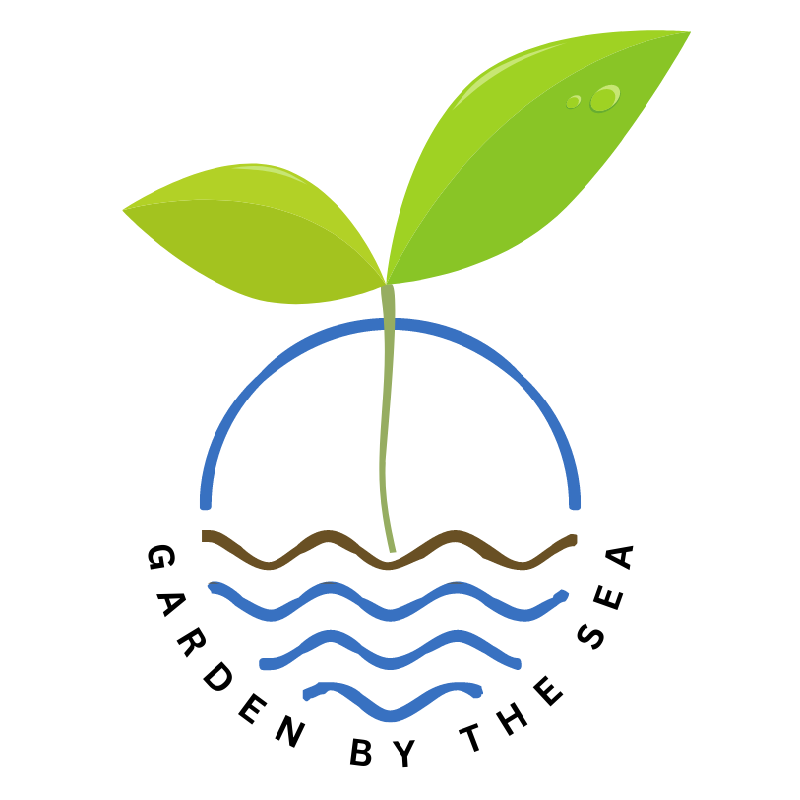Is Landscape Fabric Good for Your Garden?
Gardening can be a fulfilling activity that can bring joy and satisfaction to those that engage in it. There are many techniques and tools that can be used to help make gardening easier, one of which is landscape fabric. Landscape fabric is a permeable, woven or non-woven material that is designed to be placed on the ground to help control weeds and conserve soil moisture. While it may seem like a good idea to use landscape fabric in a garden, there are several reasons why it may not always be the best choice.
Compromised Soil Health: One of the main reasons to avoid using landscape fabric is that it can compromise soil health. Landscape fabric restricts airflow and can trap moisture, which can lead to the buildup of harmful bacteria and fungi. Over time this can lead to soil compaction and reduced soil fertility. Healthy soil is essential to healthy plants, and anything that interferes with the natural processes of the soil can be detrimental to the overall health of the garden.
Inadequate Weed Control: While landscape fabric is marketed as a weed control solution, it may not be as effective as advertised. Weeds can still grow through the fabric, especially if there are gaps or rips in the material. In addition, landscape fabric can actually make it more difficult to remove weeds that do manage to grow if their roots get entangled in the fabric. If the weed is not removed carefully, it can leave behind small pieces that can cause the weeds to grow back.
Limited Water Absorption: Another reason to avoid using landscape fabric is that it can limit water absorption. While fabric is designed to allow water to pass through, it can only do so at a limited rate. This means that during heavy rainfall, the fabric can become saturated, leading to runoff and soil erosion. In addition, the limited water absorption can make it difficult for plants to access the water they need, especially during drought conditions. This problem is amplified further over time when the pores of the fabric get caked with dirt and other sediments.
Barrier to Natural Soil Processes: Landscape fabric can also act as a barrier to natural soil processes. When organic matter such as leaves, grass clippings, and other debris decompose on top of the fabric, they cannot mix with the soil below. This can lead to a buildup of organic matter on top of the fabric which can attract pests and interfere with the natural nutrient cycling that occurs in healthy soil. In addition, the fabric can prevent earthworms and other beneficial organisms from accessing the soil below.
Limited Plant Growth: Finally, landscape fabric can limit plant growth. Plants need room to spread their roots and access nutrients and water from the soil. When landscape fabric is used, the roots of the plants are restricted to a limited area which can stunt their growth and reduce their overall health. In addition, if the fabric is not removed in a timely manner, it can become intertwined with the roots of the plants, making it difficult to remove without damaging the plants.
So, while landscape fabric may seem like a good idea for weed control and moisture conservation, there are several reasons why it may not be the best choice for a garden. From compromising soil health to limiting plant growth, landscape fabric can interfere with the natural processes that are essential for a healthy and thriving garden. Instead, gardeners would be wise to focus on building healthy soil through the addition of organic matter and the use of natural weed control methods such as mulching and hand weeding.




1 Comment
Karen Y Hogan
This is one really big mistake I made in my front yard around house, and hate the weeds that have permeated the fabric and root growth underneath. Also I used fabric in my Garden area an covered it with cut up tires. This is rally one terrible idea and wish had never done it. dirt and leaves collect and make a mess.